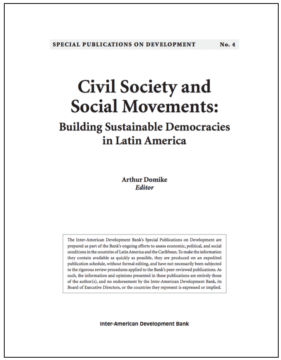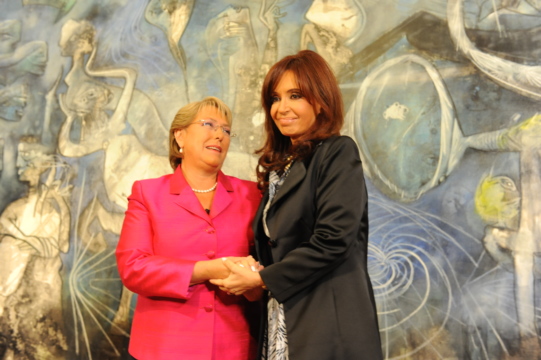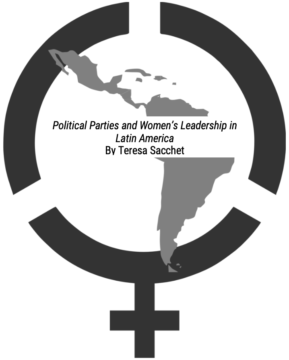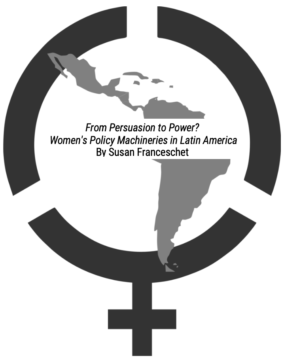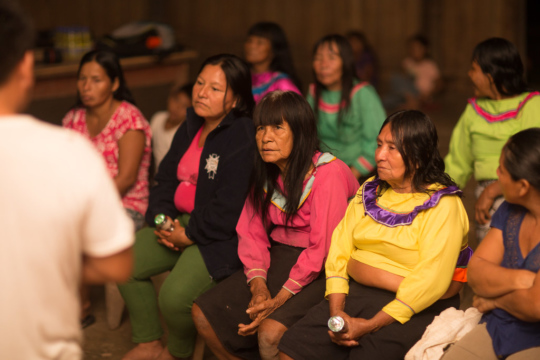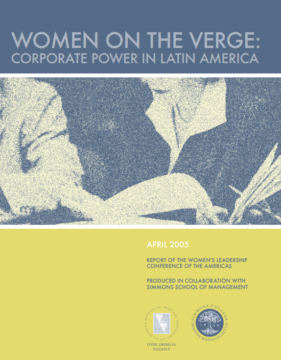
Women in the Americas
Women in Latin America and the Caribbean are making political strides. Though long impenetrable, glass ceilings over the halls of power have begun to crack.
Women in Latin America and the Caribbean are making political strides. Though long impenetrable, glass ceilings over the halls of power have begun to crack.
We are pleased to present this report on women in power in the hemisphere. Women in Latin America and the Caribbean are making tremendous strides towards achieving political leadership. In 2000, the Inter-American Dialogue and the Inter-American Development Bank partnered to host a dialogue of women political leaders.
This chapter of Civil Society and Social Movements: Building Sustainable Democracies in Latin America examines women’s social movements that emerged in the 1970s—during the dictatorships and economic crises in South America and guerrilla movements opposed to authoritarian regimes in Central America.
Women are breaking the highest of glass ceilings in politics. On Oct. 28, Cristina Fernández de Kirchner became Argentina’s president-elect. Since March 2006, Michele Bachelet has been president of neighboring Chile.
Increasing women’s presence in political decision-making positions has been advocated by development organisms, activists and academics as a means to strengthen democracy and to make policy-making processes more representative of wider sections of the population.
The number of women represented in political leadership in the Americas has increased dramatically over the past thirty years. In 2006, Chile elected its first female president, Michelle Bachelet, and Jamaica its first female prime minister, Portia Simpson-Miller.
In 1975, female politicians and women’s groups from around the world met in Mexico City for the UN’s First World Conference on Women. They discussed the plight of women, from their absence in politics to the unique social and economic problems women face, and devised a set of recommendations for improving women’s status.
Throughout Latin America and the Caribbean, women’s policy agencies (WPAs) have been created in the context of democratization and state modernization, a context which has exerted considerable influence over the trajectory of these agencies throughout the 1990s and 2000s.
Women form more than half the population, but constitute only a small minority of all political representatives. According to the most recent figures, they occupy 17 percent of all seats in national parliaments around the world (Inter-Parliamentary Union 2007b). However, attention to global averages masks important variations.
Una de las realidades inminentes en América Latina es la escasa o nula representación política de grandes y mayoritarios sectores de la población, entre ellos los y las 150 millones de afrodescendientes que son una tercera parte de la población de la región.
Within the changing landscape of migration where both men and women are moving across borders, remittance transfers also follow gendered lines. These dynamics are the differences in sex and social practices that signify the presence of prevailing relationships in the broader context of contemporary transnational migration (Ramirez 2005).
Research shows that what is good for women is good for business organizations as a whole, especially for organizational leadership.
In 1999, the United Nations proclaimed Nov. 25 ”International Day for the Elimination of Violence Against Women.” Latin America has been a world leader in promulgating conventions on women’s rights.
Over the past 15 years, Latin American women have made notable political strides. Four have been heads of state and 19 vice presidents.
Women and Global Leadership: Report of the Women’s Leadership Conference of the Americas. April, 2004
